An Antiques Roadshow expert is to transform a disused Corris chapel, calling others to ‘save these historic Welsh structures’.
Wayne Colquhoun from Everton bought Capel Salem in 2019 after falling in love with the 1868 romantic slate structure which had fallen into disrepair.
The Grade II listed chapel upkeep became too expensive for the diminishing congregation and was on the market in 2017. Across Wales, chapels fall into the landscape through disrepair, demolition or ‘insensitive conversion’.
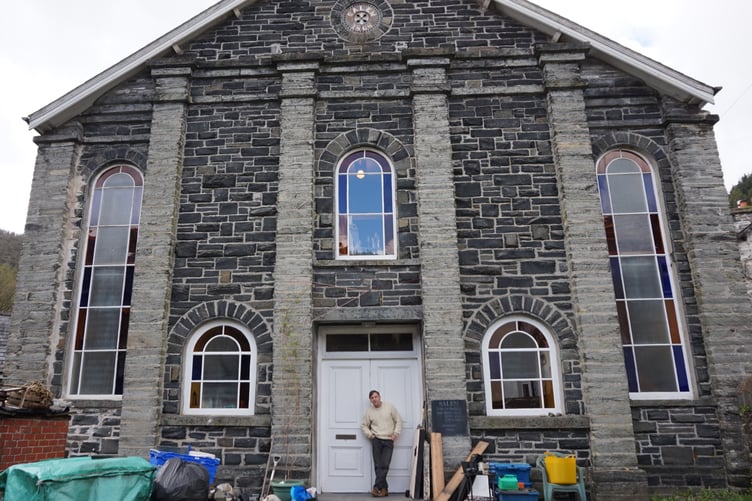
Wayne, 60, a carpenter restoring listed buildings, said: “When I bought it the bible was still on the pulpit, as though the congregation had walked out and closed the door.
“When people close the doors on old buildings- that’s the danger point.
“It gets damp and dry rot sets in. I found a pond in the corner of Capel Salem.
“These historic structures are evocative of Welsh history and have to be saved - we need people who will put their heart and soul into them because it’s easy to butcher conversions.”
Wayne bought the chapel for £60k, transforming the upper gallery into a three-bed apartment, adding floorboards covering half the gallery.
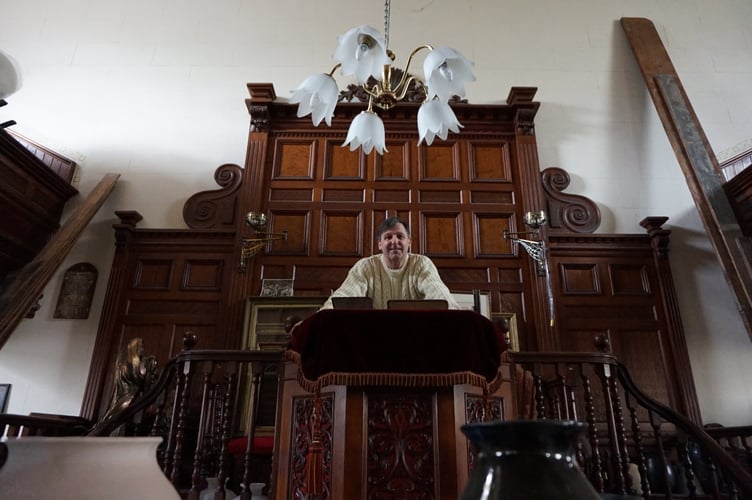
He aims to maintain the lower space and Canadian pitch pine panelling for use as his Antiques and Fine Art shop, moved from Liverpool, plus a pottery and sculpture workshop.
He aims to keep as many original features of the property as possible, from its single-glazed arched windows to reusing the pews as kitchen work surfaces.
Nearby, three chapels closest to Capel Salem have closed permanently to worship.
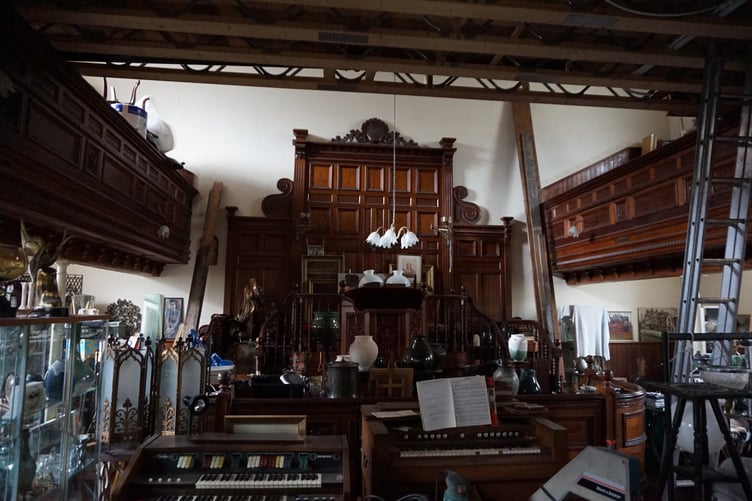
Just 500 feet away sits Holy Trinity Church which closed its doors in 2020 not through lack of attendance, but through disrepair.
The 164-year-old building is showing cracks suggesting it may be slipping into the Dulas Valley, with repairs costing thousands the community don’t have.
Despite the surplus of purpose-built houses of worship in the valley, the small but strong Holy Trinity congregation now worship at the community centre, Corris Institute.
The two chapels in nearby Ceinws/Esgairgeiliog are also closed - one some label ‘unsympathetically’ converted into a private residence (the balcony overlooking the river fell off several years ago) and the other sits untended, which neighbours suggest is due to a deceased private owner.
Neil Sumner chair of Welsh Religious Buildings Trust wrote that the redundancy of chapels in Wales is due to a 19th century ‘expansionist fervour’ of Nonconformist Chapels (i.e. Baptists, Congregationalists, Methodists).
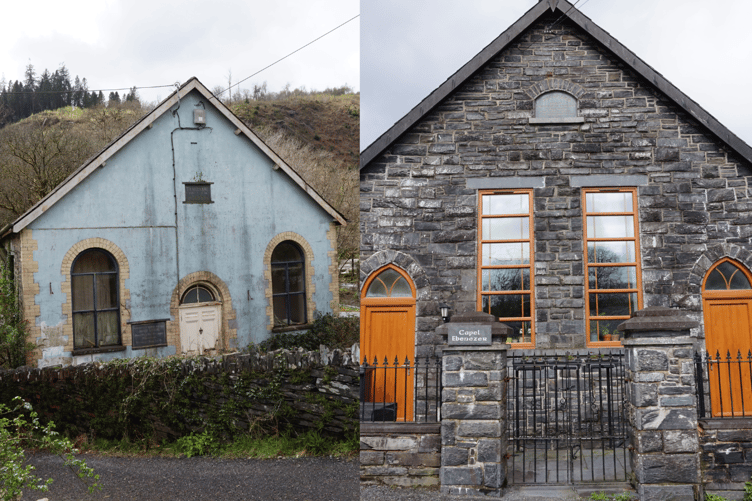
In 1800 Caernarfonshire there were 30 chapels, rising to 221 in 1851, representing a 700 per cent increase.
Combining this flurry of builds with the 20th-century fall in attendance, Sumner wrote “the result is there are now too many buildings for current needs”.
In an attempt to preserve the character of the increasing chapel conversions, historic environment service Cadw has issued guidelines including keeping the front of the chapels untouched, retaining rooms with self-supporting partitions and allowing ‘characteristic features to show through the new walls and floors’.
Meanwhile the Buildings Trust attempt to conserve Welsh chapels through fundraising and management.



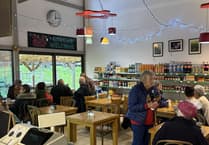
Comments
This article has no comments yet. Be the first to leave a comment.